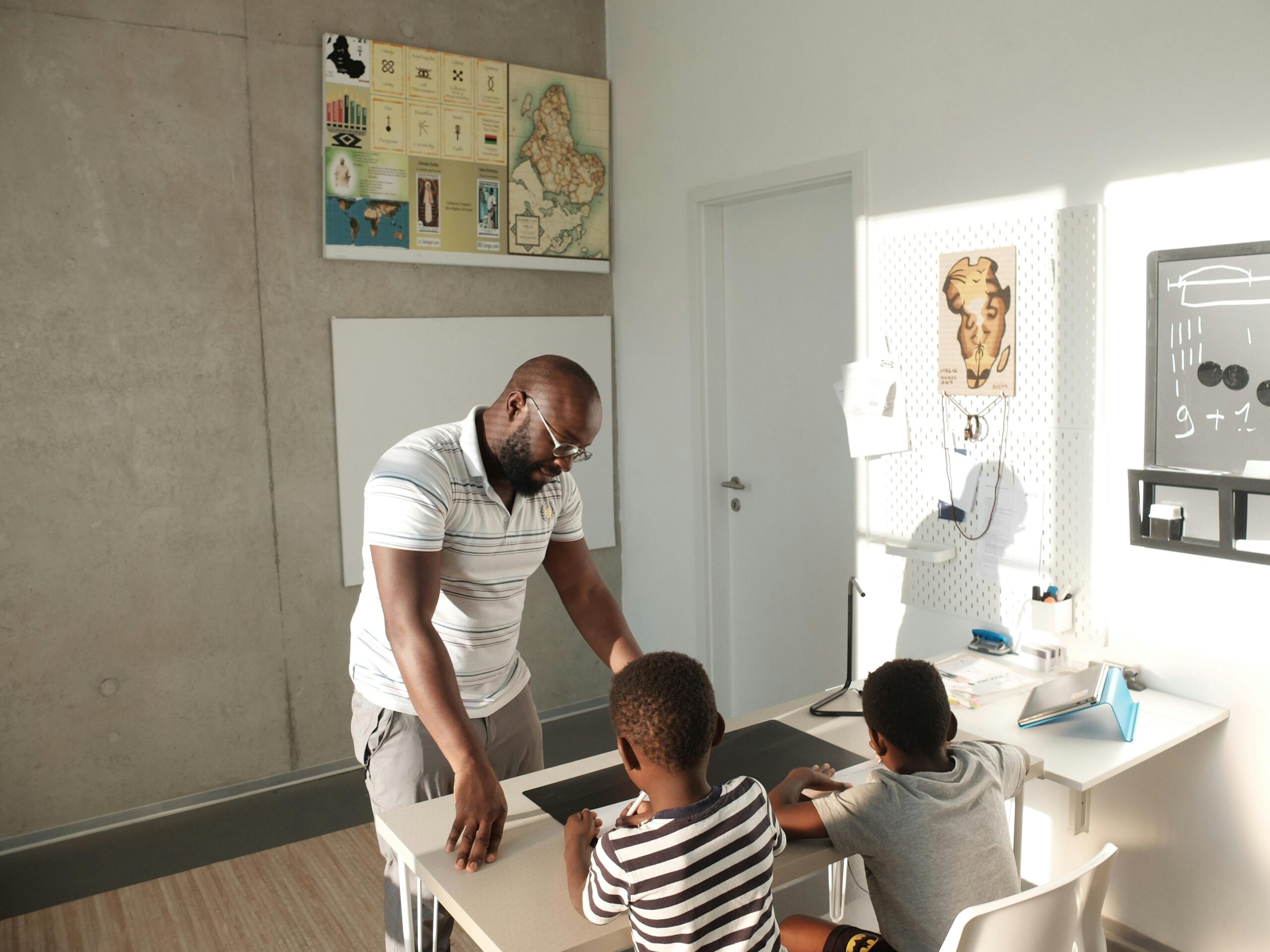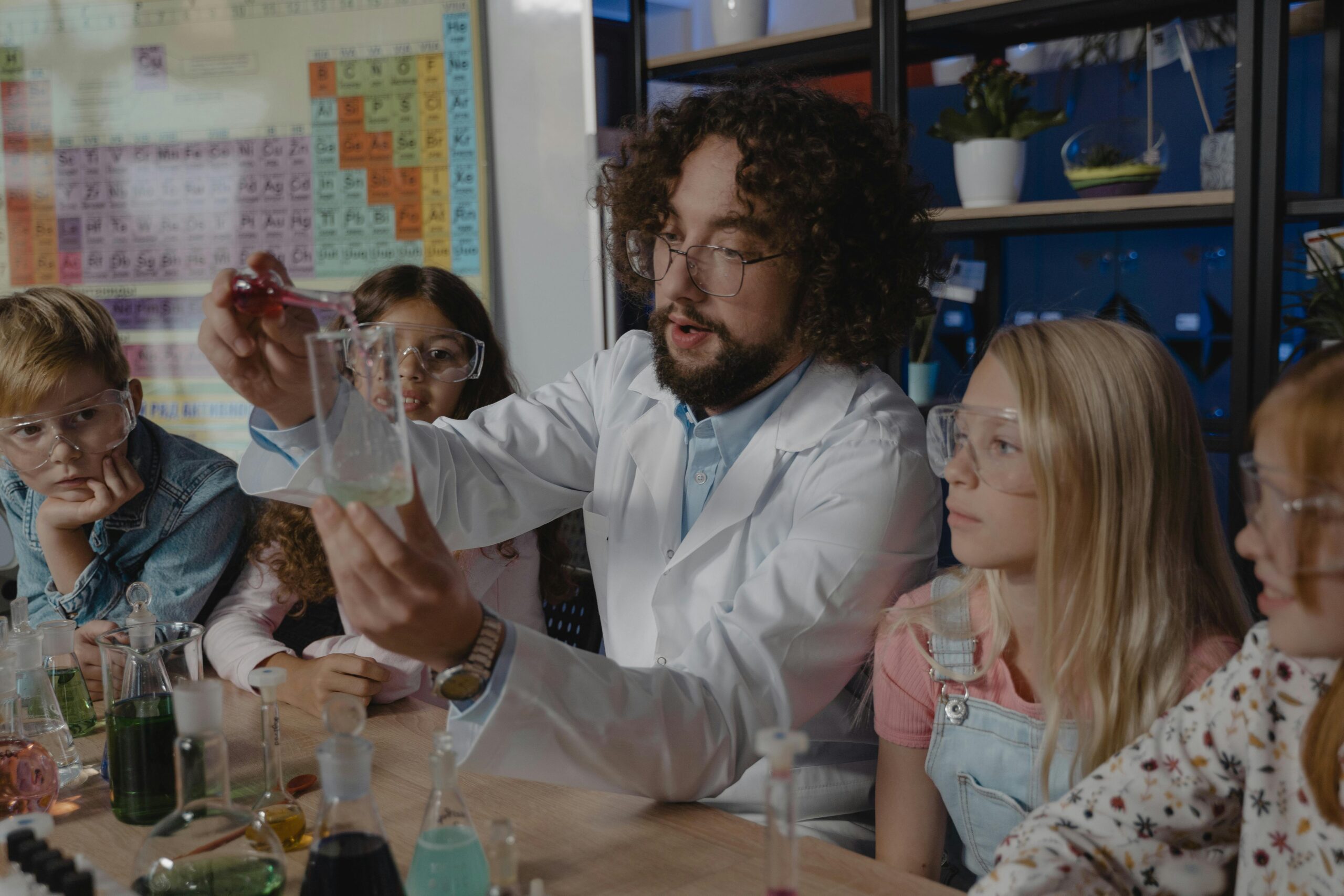
The Chief Skill Employers Want Isn’t in a Textbook
By Tim Elmore
Several years ago, I met with Rich Katt, Cory Epler, and their team at the Department of Education in Nebraska. Our focus was Career and Technical Education. We were determined to create a resource that would cultivate career-ready graduates based on Nebraska’s twelve career-ready standards. We wanted it to be different from any other curriculum we’d seen.
In those discussions, we began talking about what the workplace needed most. What were the top skills that textbooks or curriculums were not covering well? In retrospect, those discussions are more relevant today than they were a decade ago. A timely skill has topped the list most desired by employers, and it’s likely not found in a typical classroom lecture or textbook.
The Skills-Based Revolution
Today, people talk about the skills-based revolution. Over a year ago, companies like Google, Microsoft, IBM, and Apple eliminated their long-held degree requirements for jobs to remove barriers to entry and recruit more diverse talent—much to the consternation of those who’ve borrowed tons of money for a college degree. Recently, LinkedIn analyzed a survey they took from their one billion users and discovered this top skill, which cannot even be learned watching a YouTube tutorial. The skill won’t surprise you, but how it’s developed just might.
That skill is adaptability.
My friend Mike Griffin, CEO of ELAvate Training in Asia, says, “Its surging popularity comes as leaders scramble to understand what the rising popularity of artificial intelligence means for businesses.” Dan Brodnitz, global head of content strategy at LinkedIn Learning adds, “As organizations come to grasp the full extent of what AI can do, they’re also coming to terms with all that it can’t do—those tasks that require the uniquely human skills that all businesses need.” This is why being adaptable during these times is “indispensable,” states Brodnitz, and will only become “more important as the pace of change increases.”
My question for you is simple: what are you doing to develop adaptability in your students?
Chasing What Is Most Needed Today
Imagine a world where graduates enter their careers fully prepared to adapt to new contexts and adjust to new assignments, rather than getting stuck and quitting when problems feel too hard. Envision young adults ready for a 21st century marketplace because they cultivated this timely skill, which allows them to rethink what they’re doing and how they’re approaching jobs. Chasing this goal may just save them in the future.
We must help them become comfortable with discomfort. All of us naturally migrate toward a place of comfort. After all, anxiety levels are high and change is constant. Organizational psychologist Adam Grant shares that people who are most comfortable with being uncomfortable pass up those who love to learn, but don’t like discomfort. Those who welcome change even when it’s painful will lead the way into the future.
Allow me to provide a metaphor to illustrate what’s essential.
One of our new Habitudes® (images) is called The Chameleon Contortionist. Consider this double image. Chameleons are lizards known for changing themselves based on their environment. Contortionists are performers who can bend their bodies into all kinds of shapes to fit into a small container. Both are known for their ability to flex and change.
Chameleons look like other lizards but have an amazing superpower. They can change their colors to match their frame of mind or situation. They don’t always change to match their environment; sometimes they change colors to match their attitude. They can avoid predators because they can blend in and not be seen by other creatures. Also, they can move their eyes separately, with each eye having a field of vision of 180 degrees. This means they can see 360 degrees if they need to! It’s quite amazing. The feet of the chameleon are also very adaptable. Their five toes on each leg are divided into two groups and can grip almost any surface because they can change and adapt to grip it. In a very real sense, they are agile, not fragile.
Contortionists are fun to watch because they can bend their bodies into very strange shapes. I have seen contortionists perform as acrobats and gymnasts at magic shows, and I’ve been amazed at how small they can become to fit into a box. They’re able to twist their body into very unusual postures. They showcase their amazing skills in physical flexibility. Sometimes, it even looks like they don’t have bones in places where people have bones and can’t bend.
Chameleons can blend. Contortionists can bend. Like them, students are at their best when they can adapt to solve a problem.
When Kenton was a college student, he visited East Africa and spent time in Kenya working with younger children. While he was there to offer much-needed food and blankets, he noticed many Kenyan kids had no shoes, or their shoes had the ends cut off because their feet were now too big for them. Kenton shifted his focus and began designing “the shoe that grows,” an adaptable shoe that can widen and lengthen as a foot grows. It took years, but thousands of kids are now benefiting from this Shoe That Grows. It’s a great picture of adapting. Kenton adapted so he could make a shoe that adapted. It all began when he was a student.
Let’s build students who are agile, not fragile.
If you’d like to check out these Habitudes®, CLICK HERE.






